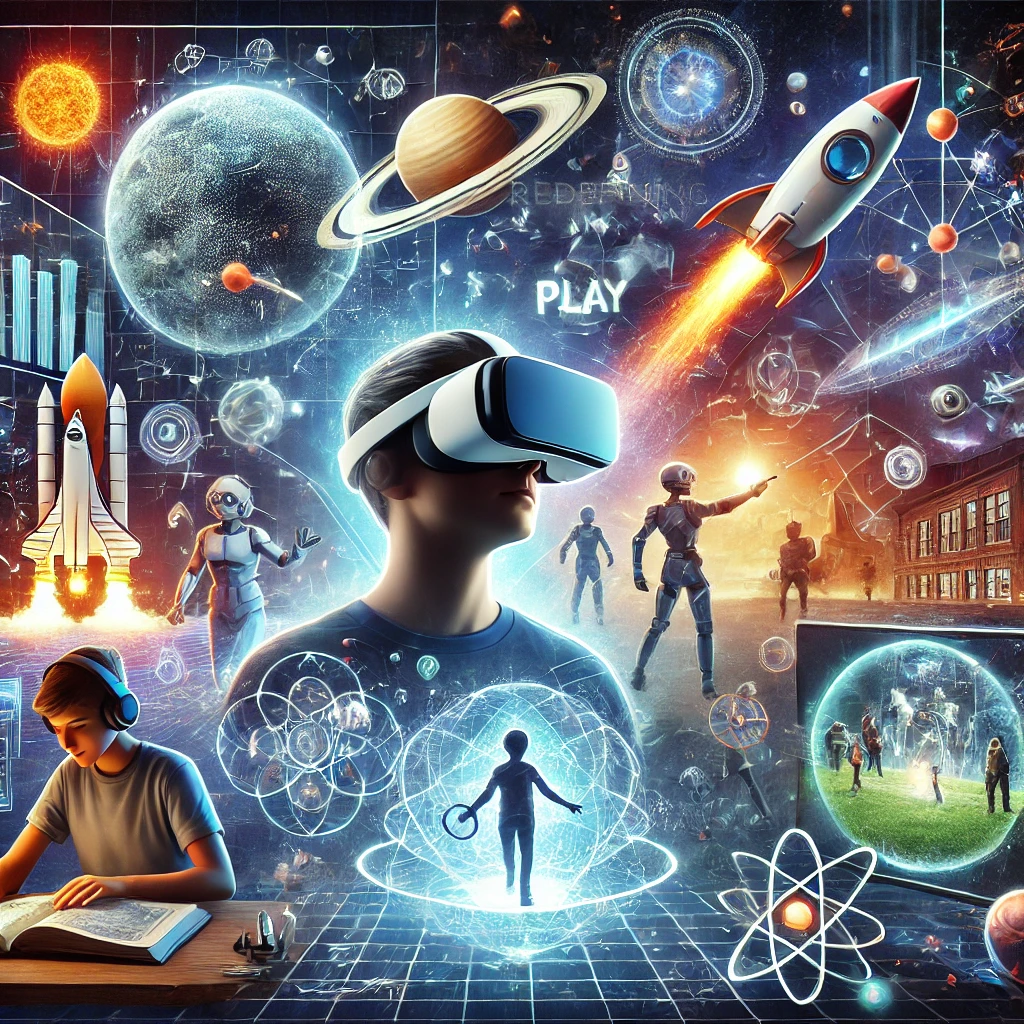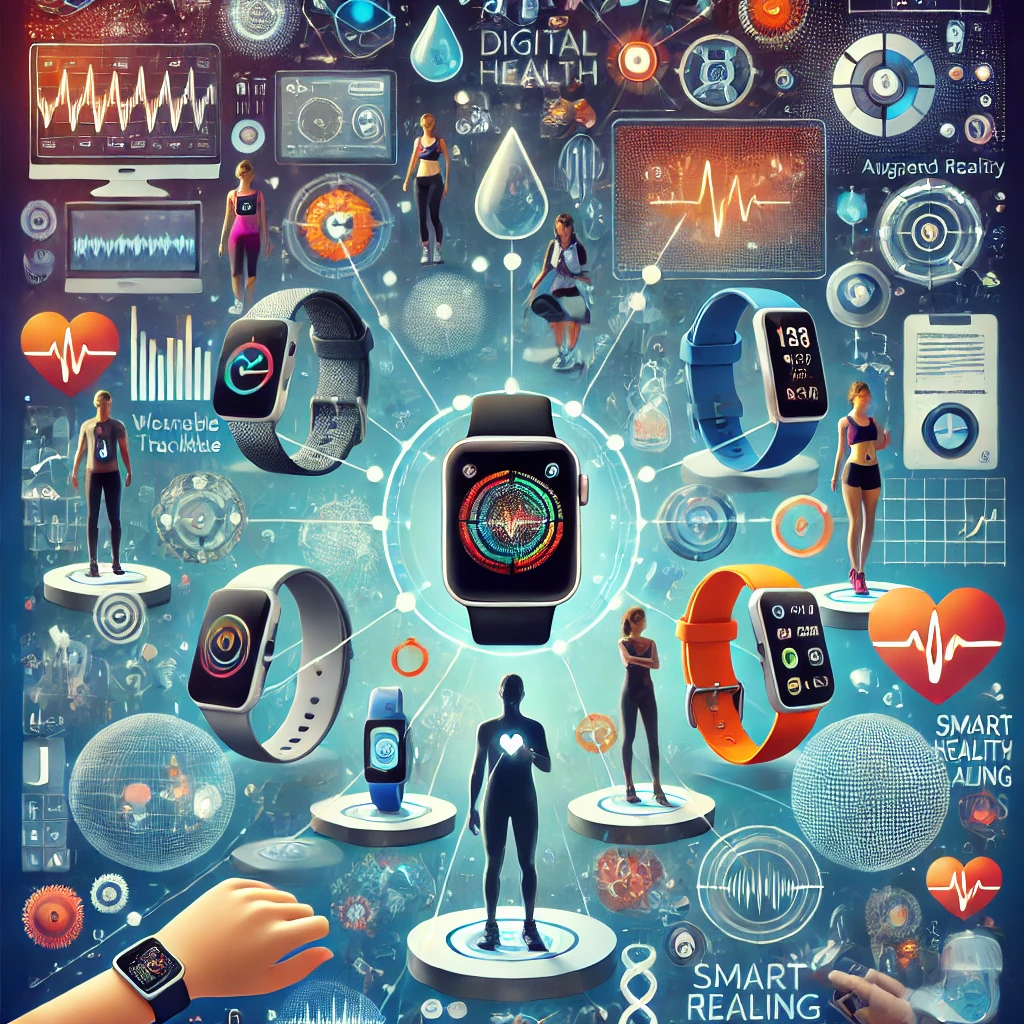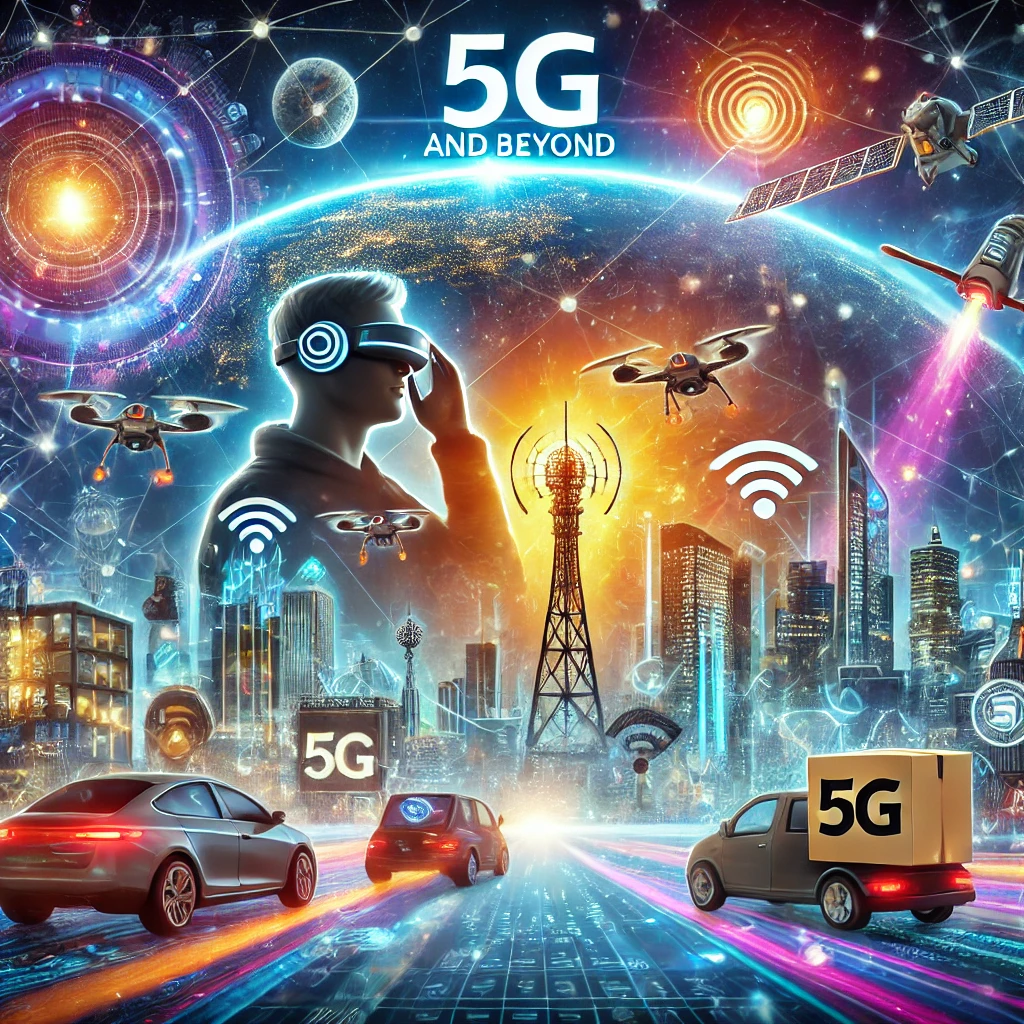Augmented Reality (AR) and Virtual Reality (VR) have evolved from mere science fiction to powerful tools that are changing how we work, play, and learn. By merging the physical and digital worlds, AR and VR create immersive experiences that alter our interaction with technology and our surroundings. Let’s delve into how these technologies are transforming various areas of life.
1. Understanding AR and VR
Augmented Reality (AR)
AR augments our physical environment with digital elements like images, sounds, or information. One well-known example is Pokémon GO, which places game components in real-world settings. Another example is AR-based furniture placement apps.
Virtual Reality (VR)
VR fully immerses users in digital environments through headsets like the Oculus Quest or HTC Vive. These virtual spaces can mimic real-world locations or present entirely new worlds, providing a deep sensory experience.
2. AR and VR in the Workplace
AR and VR are revolutionizing industries by introducing innovative methods of working, collaborating, and creating.
A. Virtual Collaboration and Remote Work
- Virtual Meeting Rooms: Platforms such as Spatial and Horizon Workrooms enable teams to meet in 3D spaces, making remote meetings more dynamic.
- Enhanced Communication: VR avatars and environments recreate the feel of in-person meetings, boosting remote team engagement.
B. Training and Simulations
- Employee Training: Companies like Walmart and UPS use VR to train staff in various scenarios, from customer service to navigating delivery routes.
- High-Stakes Professions: Surgeons and pilots use VR for training, allowing them to hone their skills in a risk-free setting.
C. Design and Prototyping
- Architecture and Engineering: Professionals can use AR and VR to view 3D models of buildings or products before they are built.
- Automotive Industry: Firms like Ford and BMW employ VR for virtual prototyping, helping to cut costs and speed up development.
3. Revolutionizing Entertainment and Play
AR and VR are changing the entertainment industry by providing unique experiences in gaming, sports, and storytelling.
A. Gaming
- VR Gaming: Games like Beat Saber and Half-Life: Alyx immerse players in entirely new worlds.
- AR Gaming: Titles such as Pokémon GO and Harry Potter: Wizards Unite blend gameplay with real-world exploration.
B. Sports and Live Events
- Immersive Spectator Experiences: Fans can use VR to view games from the players’ perspective or prime seats.
- Virtual Training for Athletes: AR and VR enable athletes to analyze their performance and improve techniques in simulated environments.
C. Interactive Storytelling
- Virtual Cinema: Platforms like VRChat host interactive film screenings where viewers can engage with the story elements.
- AR Narratives: AR apps add interactive layers to books and museums, making stories and history come alive.
4. Transforming Education and Learning
AR and VR are making education more interactive, engaging, and accessible.
A. Immersive Classrooms
- Virtual Field Trips: Students can visit the pyramids of Egypt or explore the Great Barrier Reef through VR, enhancing their understanding of the world.
- Interactive Lessons: AR apps like Google Lens help students visualize complex subjects like anatomy or physics in 3D.
B. Skills Training
- Medical Education: VR allows medical students to practice surgeries in a risk-free environment.
- Vocational Training: AR provides real-time instructions to mechanics and technicians by overlaying guidance on machinery.
C. Inclusive Education
- Accessibility: AR and VR offer alternative ways for students with disabilities to interact with educational content.
- Language Learning through Immersive Environments
Immersive environments offer a unique way for learners to practice new languages in situations that mimic real life.
5. Challenges and Considerations
While AR and VR have great potential, they also present several challenges that need to be managed.
A. Cost and Accessibility
- High Costs: Devices that support VR and AR can be pricey, which limits their availability to many people.
- Infrastructure: To have a smooth experience, reliable internet and advanced hardware are necessary.
B. Health and Safety Concerns
- Motion Sickness: Using VR for extended periods can cause some users to feel nauseous or uncomfortable.
- Eye Strain: Spending too much time in AR and VR environments can lead to visual fatigue.
C. Ethical and Privacy Issues
- Data Collection: AR and VR platforms often gather sensitive user data, which raises privacy concerns.
- Virtual Harassment: As more people interact in virtual spaces, maintaining respectful behavior becomes increasingly challenging.
6. The Future of AR and VR
Although still in their early days, AR and VR are rapidly advancing, expanding their potential uses.
A. Mixed Reality (MR)
MR blends AR and VR, allowing users to engage with both digital and physical environments at the same time. Devices like Microsoft’s HoloLens are leading the way in applying MR to work, healthcare, and entertainment.
B. AI Integration
AI-enhanced AR and VR systems will offer smarter, more tailored experiences. For example, AI can adjust VR training modules to match a user’s learning speed or provide real-time data in AR environments.
C. Broader Accessibility
As AR and VR hardware becomes more affordable and easier to use, these technologies are expected to reach a larger audience, making immersive experiences more widely available.
7. Practical Tips for Engaging with AR and VR
- Start Small: Begin with inexpensive AR apps or beginner VR headsets like the Oculus Quest 2.
- Set Limits: Keep track of how much time you spend using these technologies to prevent physical discomfort or fatigue.
- Stay Updated: Keep up with the latest technological advancements to see how AR and VR can benefit your personal or professional life.
Conclusion
AR and VR are transforming more than just entertainment; they are changing how we work, learn, and interact. By creating deeply engaging experiences, these technologies offer countless opportunities for innovation. As AR and VR continue to develop, they will unlock new possibilities, blending the digital and physical worlds. The future of immersive technology is bright and just beginning.


